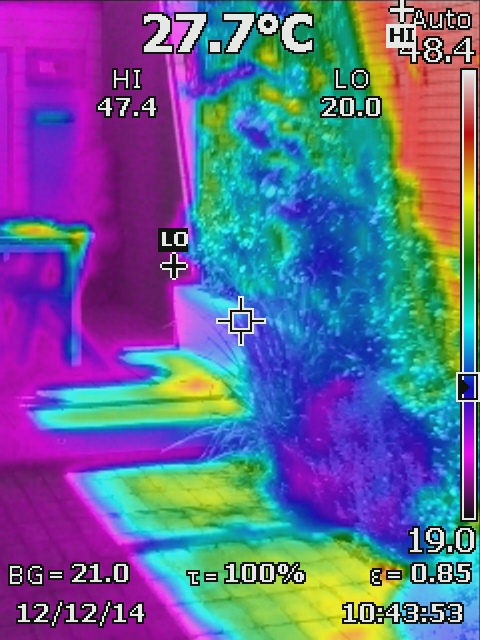Once again, it's been too long between posts. With two projects due to begin on site shortly, its been a busy time of late.
The Billabong Houses are once again (most likely for the last time ever) being opened to the public on Sunday the 23rd of October as part of the Space Open House tours, a national day. Bookings are essential: Eventbrite link
The AIA awards were held back in July, and once again I had the honour of being a juror for the sustainability category, entailing a full day of presentations from architects and clients on the design philosophy and sustainability merits of their projects, followed by a day of site visits of those shortlisted and interesting discussions. All up an interesting, thought-provoking process celebrating excellence in architecture. You can see the results and winners of the various categories here with beautiful images and jury citations: AIA SA Awards
As a precursor to the 2016 Sustainable House Day, I recently had the opportunity to speak on a panel in a forum hosted by the Adelaide Sustainable Building Network (ASBN) regarding zero energy homes along with representatives from Sustainability House and Solar Quotes for the ASBN's mini-expo. A podcast of the discussion is online HERE.
For the first time in 20 years, April saw the AIA National Conference held in Adelaide, curated by the former State Government Architect Ben Hewitt, Sam Spurr & Cameron Bruhn. Another fantastic event with a myriad of intriguing global speakers, well attended by delegates from all around the country.
And the Billabong Houses picked up another award in the City of Norwood, Payneham & St Peters Excellence in Urban Design Awards 2016. Held once every 4 years or so, the award aims to foster excellence in the public realm through design and thoughtful regeneration, other award winners included Troppo for their Maylands House and Williams Burton Leopardi for Base 64 in Kent Town. NPSP EIUDA
On the photography front, I've had the pleasure of exhibiting again with Skrambled Eggs, this time being run as part of the Shimmer Photography Biennale held by the City of Onkaparinga in September. Skrambled Eggs is the brainchild of photographer Ben Liew, having established photographers exhibit works taken purely by smart phones - my contributions being typically architectural in nature. For something a little different I was asked to document various Indonesian batiks and fabrics for an exhibition run in conjunction with Flinder University and the Oz Asia festival and held recently at the Adelaide Festival Centre.













